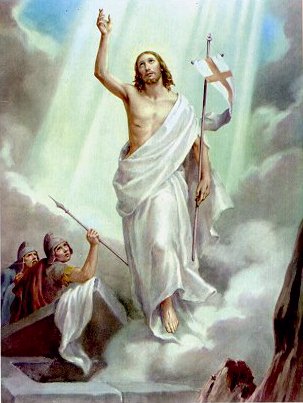Yesterday I proposed that the Rosary could be looked at in a way other than the standard chronological narrative.
What am I talking about? Let’s look at the First Mysteries. (One could probably get much more out of this if one spent time looking at the relevant passages in depth, but I will leave that for another day, perhaps.)
What am I talking about? Let’s look at the First Mysteries. (One could probably get much more out of this if one spent time looking at the relevant passages in depth, but I will leave that for another day, perhaps.)
The First Joyful Mystery: The Annunciation
- the moment when God the Son entered time and space to take on our human nature, and thus the beginning of His earthly life (and therefore also His mission)
- Trinitarian intimations
- Our Lady's free and total "yes" to God's will
- Mary becomes the Mother of God
The First Luminous Mystery: The Baptism of Our Lord
- This is the beginning of His public ministry
- Trinitarian intimations
- baptism is elevated to a Sacrament, through which the Father says to us too "This is My beloved son/ daughter."
The First Sorrowful Mystery: The Agony of Our Lord in the Garden
- The beginning of His Passion
- Submission to the Father’s will
- Humanity is on display
- The beginning of His glorified humanity
Ok so I got a bit lazy, but I'm sure more things will occur to me as I go. The obvious common thread here is that of a beginning. This might not sound all that impressive right now, but when connected with the themes of other Mysteries it will hopefully make more sense. Or maybe you're thinking, well duh, it's the first mystery, of course it's some kind of beginning. Oodelally! (the world should work harder towards making this word catch on.) Now we're both enlightened.
Next time: The Second Mysteries
+AMDG
Next time: The Second Mysteries
+AMDG

No comments:
Post a Comment